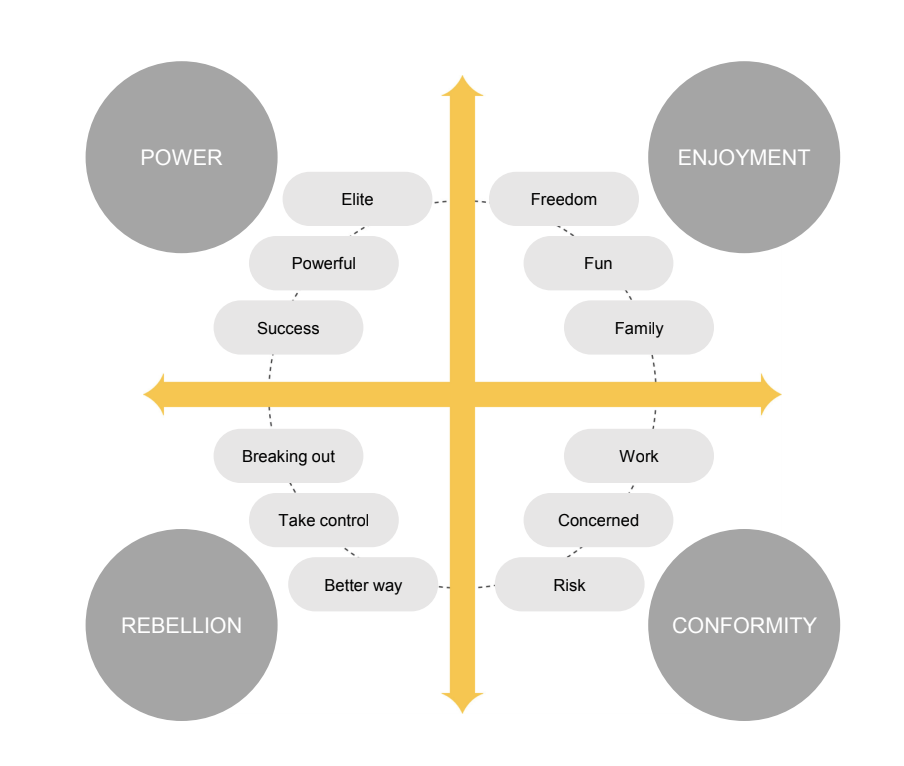
H100 confirms consumer trends: Colmar Brunton
The recent GABS Hottest 100 Aussie Craft Beers for 2018 results might have fuelled endless online debate, but experts say they shed light on where Australian consumers are sitting.
Australia’s biggest beer poll highlighted three key trends, including the rise of Queensland as a craft beer powerhouse, the increasing popularity of independently-owned breweries, and the importance of localism.
With 88 per cent of the beers listed made by independently owned breweries – up from 71 per cent in 2017 – Lion-owned Furphy Refreshing Ale was the highest placed non-independent beer, coming in at number 25. The Geelong-born kolsch was also the only non-independent beer to improve its position on the previous year, in line with its massive growth in the market that has seen it grow volumes to 26-million litres MAT.
Denise Hamblin, National Sector Head (FMCG) for market research firm Colmar Brunton, has worked for more than 10 years on understanding Australian consumer trends.
Hamblin uses what the company calls its Millennium Monitor to understand where Australians are at and what’s really driving their motivations and behaviour.
“[The Monitor] allows us to focus on things like government and policy but also on retail and product development and services as well and share that with our clients to predict what might be ahead,” Hamblin told Brews News.
“It also [helps answer questions like] what does craft look like in the next three to five years, in the next 10 years, etcetera.”

Colmar Brunton’s Millennium Monitor
Hamblin explained that the Monitor is cyclic and segments into four eras, Conformity, Rebellion, Power and Enjoyment.
“Because it is cyclical we can use it to understand the past, we can use it to explain the current day and we can also use it to predict the future,” she said.
“It has followed the pattern that we’ve predicted for the last 20 years.
“We’ve got a really good grasp of where Australians are at at the moment.”
According to this model, Australia is currently in an era of Conformity, which is characterised by safety, security and community.
“Craft is a key trend of a conformity time and that is where the mass of Australians are,” Hamblin said.
“So there is no surprise that craft has had enormous growth and an enormous presence in the Australian market.”
She said that in this phase, consumers will gravitate towards products that they see as local, natural, authentic, heritage or craft.
“And specifically for craft, it’s all about that detail, the love and creation of the product, where it came from, probably locally, and down to the story of the family, or the brothers, or whoever it is that worked really hard to produce it for us,” she said.
However, recent measurements have shown that there has been a shift in consumer trends.
“In the measurement of Australians’ values we can see that we are actually shifting around, we’re coming out of a time of conformity towards a time of rebellion, which is characterised by retaking control and breaking with conformity.
“When we’ve measured it, two years ago 55 per cent of Australians aligned in the conformity time but when we did our latest measure late last year it was 42 per cent.
“We’re probably predicting the next, say five to eight, nine years, the mass of Australia will be in a time of rebellion and it’s the younger, millennial consumers who are driving us into that space and its the baby boomers who are over-indexing in conformity.
“So, some of us are already there.
“It’s a really interesting way of looking at that part of the market to understand what trends are being picked up in terms of what rebellion looks like.”
The poll also showed that independence has become more important as consumer distrust of larger industry players increases.
AB InBev’s acquisition of craft breweries Pirate Life and 4 Pines saw those breweries plummet in the poll.
Hamblin said this is confirmation there is a major swing from a focus on community towards a focus on the individual.
“There’s a dissatisfaction with the status quo and real courage to change everything,” she continued.
“We’ve started to reject that one size fits all and really focus on personalisation.
“It’s not about having a wide range of things, it’s about having the right range for an individual.
“I think the future will be interesting for craft products too because here in this space where we are moving to, it’s more about science and more about functionality.
“It’s about being native rather than local, it’s more about being evidence-based and measurably sustainable rather than being environmentally friendly.”
Hamblin said that there is going to be less focus on the story behind the product and more focus on how that product might benefit the consumer.
This could be from a “health, wellness or cognitive perspective” she explained.
“We are already seeing trends in beer playing into that rebellion space with the mid-strength, low alcohol and no alcohol trends.
“Again, this is driven by the younger parts of the market that do have that courageousness to do something different.”
Hamblin highlights the environment, as people start to take personal responsibility for the impact of their decisions, and brands that fight for equality and Australians in general, as two of the key indicators for what’s to come.
For craft breweries, Hamblin said, they will need to consider their brand purpose and complete transparency.



